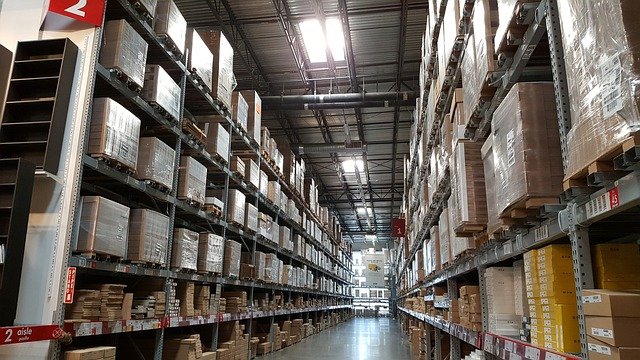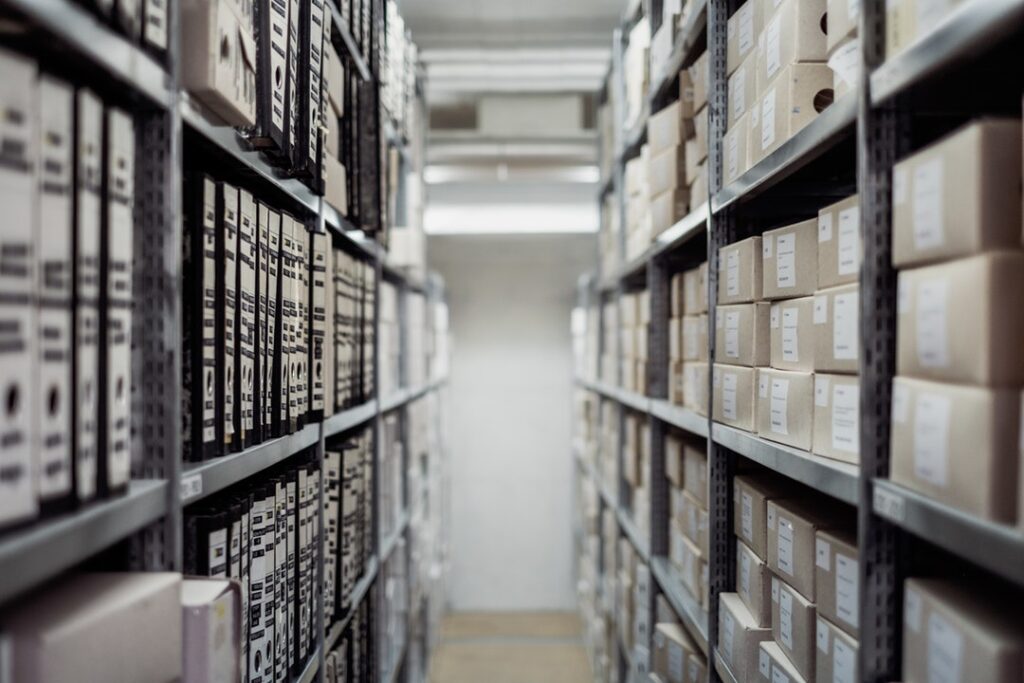
Did you know that the global automation market is expected to grow by over $4 billion? Warehouse upgrades can lead to massive boosts in overall productivity and efficiency. It reduces the reliance on slow, inaccurate human work that can cause liability and lost profit. But none of that matters without the proper digital tools.
Optimize your warehouse with the right tools, and you can make full use of the automation at your disposal. If you have no idea where to start looking, you’ve come to the right place. Keep reading as we discuss five digital tools to optimize warehouse productivity.
1. Digital Tools for a Warehouse: Warehouse Management System
A warehouse management system, or WMS, is the platform that builds the bedrock of your warehouse. It holds all pertinent data and provides a fluid means of communicating that data to authorized persons. A good WMS will contain analytical tools as well, so you can do an in-depth analysis of that data.

A good WHS should:
- Provide real-time data to coordinate with other points in the supply chain
- Improve accuracy, and safety, and be customized to your warehouse layout
- Reduce any labor costs associated with managing the warehouse
2. Picking Tool Software
Amazon is the gold standard for automated warehouses. Their sorter machines are capable of carrying goods of all kinds, allowing for lightning-fast delivery.
Picking tools need powerful AI systems to identify goods before sending them off. A proper barcode scanner is a must. Read here for more info.
3. Guidance Software for Automated Vehicles
Those small automated bots can only lift so much. You need heavy cargo machines that can carry everything from loading docks to trucks and vice versa. This includes forklifts and small cargo vehicles.
The guidance software not only needs to avoid collisions, but protect the unsuspecting workers who may be on the work floor. They need to be able to identify obstacles and stop on a dime to prevent OSHA violations.
4. Inventory Control Platforms
Your WMS does data analysis and higher-level management, but you will need separate software to run inventory. Inventory management systems work as a communication layer between on-the-ground staff and management. You need to get an accurate count of the product as it goes in and out.

This includes the manner in which you track the product. Typical methods include using RFID tags, or pallet tags to identify a load of bulk items. Then human employees verify this information to make sure the system works as intended.
5. IoT Devices That Cooperate With Your Existing Software
IoT, or the Internet of Things, refers to a wide variety of connected devices that work together. These can be CCTV cameras, sensors, and even digitized conveyor belts.

The trouble with IoT is that these devices often come from different companies. You need integration software that runs them all and collates their output data. This data then gets sent to the WMS for further analysis.
Automate Your Warehouse Today
Warehouse upgrades in the form of digital tools can massively improve efficiency and accuracy. Most warehouses are turning toward this trend, and yours should too. Make sure you keep your digital tools up to date.
Follow our blog for more business tips.


